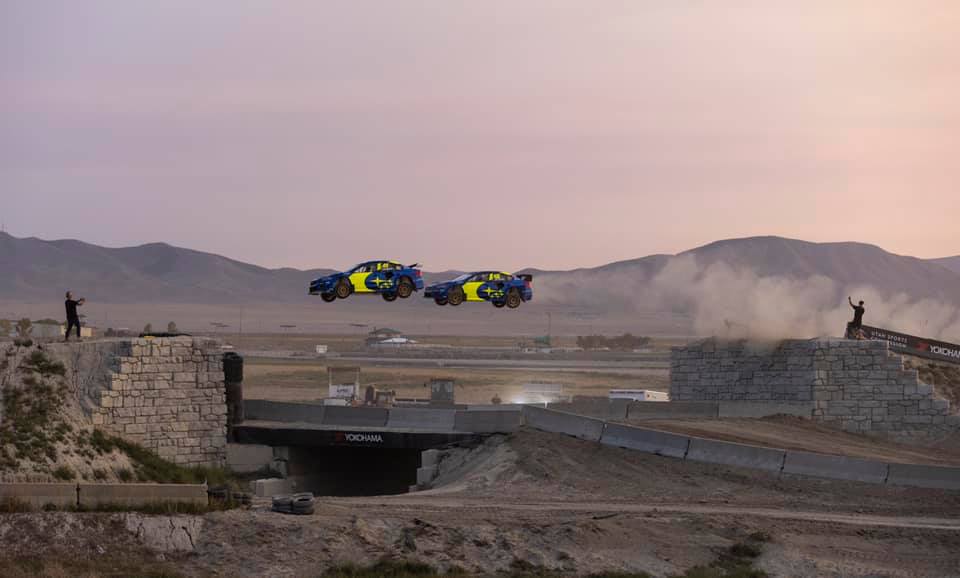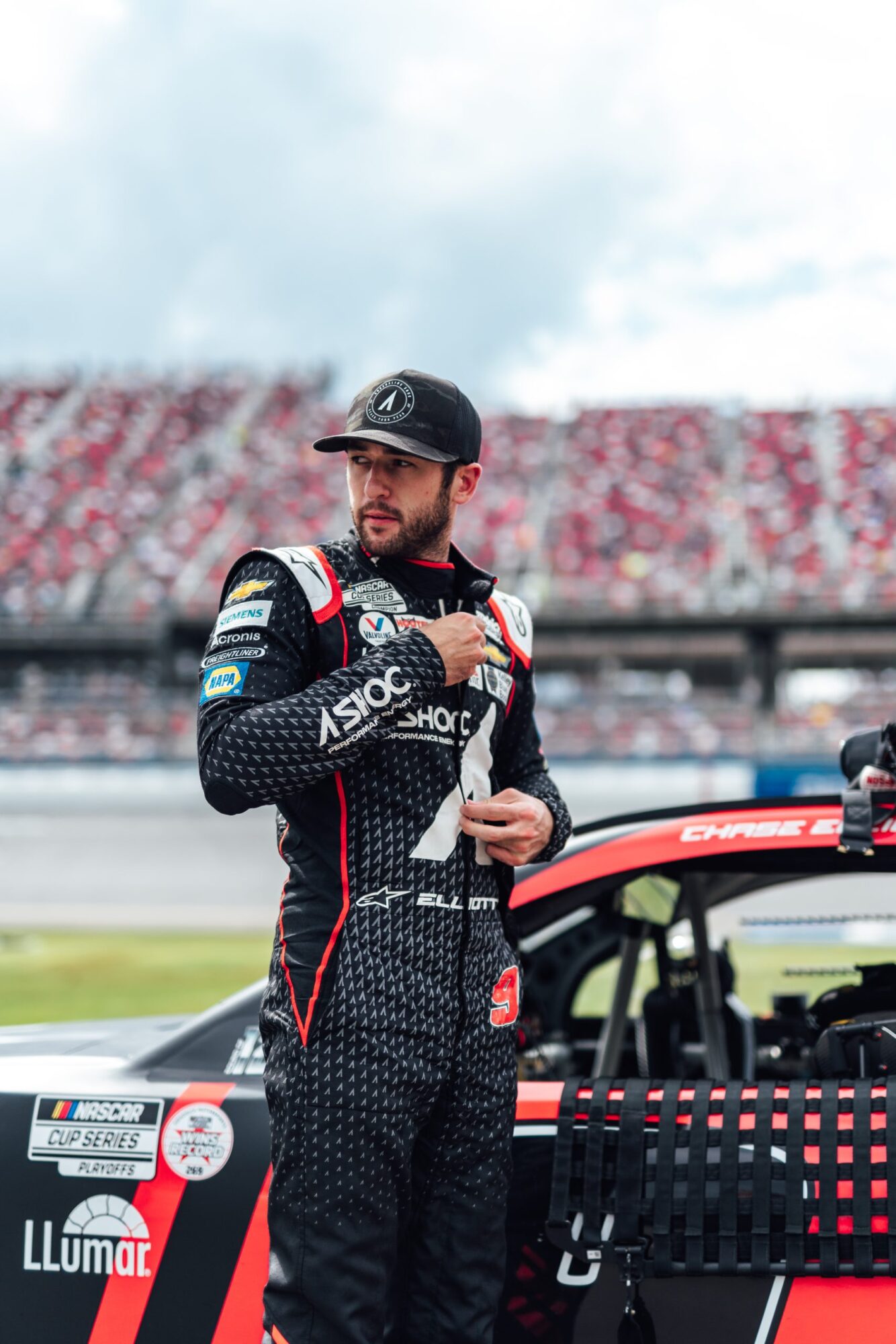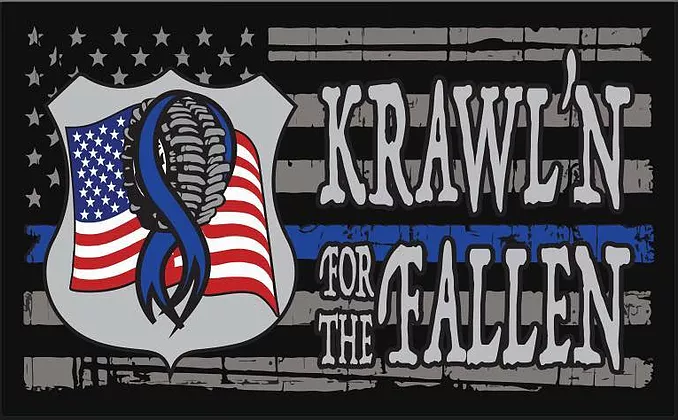We’re talking about team development and sharing the team-building strategies The FIRM has used for improving team growth.
This is the second in a 3 part series about building great teams:
Part I – How to Develop Great Teams: The Foundation
Part II – How to Develop Great Teams: Implement the Tools
Part III – How to Develop Great Teams: Feedback is Key.
The Process of Team Development
There are many tests, programs, apps, and tests to learn more about your team. We will include the ones we use here at The FIRM. More significantly, we will go through our process of how we gather all this data in a meaningful way so that we can actually use the data to help our teams grow. We will provide a step by step guide of what we do and how we do it.
Keep in mind, we do this is part of the hiring process. Our team building actually starts during the hiring process. A person might have great skills but it’s also important to understand how they will blend with the current team. One “off” person can upset the entire cultural organism. It’s important that hiring managers and executives make sure to include the Responsible Parties (RPs) in the hiring process and the onboarding process demonstrates the company mission.
How to Screen Candidates to Develop Teams
Step One
When we post a job, the first thing we do is ask candidates to answer three to five questions. This is our first screening process.
We realize our work requires dedication and good communication skills. Requesting a written response lets us know how this person thinks and gives us the ability to evaluate their written skills and their commitment to working here.
We do this for even unpaid and part-time positions. Everyone goes through the same process.
The greats news is we have found only 7% – 12% of candidates will take the time to respond. So this is a guilt-free and simple way to weed out the masses.
We use Pipedrive as our CRM and created a template to send applicants so the process is automated. This simple technique takes a once overwhelming task into a very simple one.
Step Two
Those who respond are evaluated and whittled down to a “call list”.
We conduct a two- or three-person phone interview. This shows us how prepared they are, did they ask good questions, did they research us, and do they speak well? Some people can write well but are very “flat” on the phone.
The core of our business is all about customer service and interaction so they would not be a fit!
Step Three
Most often we only have about two or three candidates who make it this far. They are dedicated, write, and speak well. We make sure that anyone we hire is interviewed by others in the same department. This is very important. It takes the unease and fear about a new member out of the equation. The team has a voice and gets to participate in the process. The final selection is presented to the board for final approval.
How to Discover More About Your Great Team!
If you have new people onboarding this can be a part of the process. If you have never done anything like this, it’s a great first step toward team development. They are fun to do and people learn more about one another.
Step One: How To Develop Great Teams
Make sure you know who you are and what you’re about. Go through all the exercises first. Hire a professional facilitator if need be. We offer this service as part of our corporate experience if you want a two-day in-car and in-class team-building experience.
You have to know your “WHY?”
Simon Sinek’s Find Your Why is a good book and the short clip below outlines the principle behind it.
You must have a mission, vision, and values for the organization as well as for yourself personally! If you are not clear on who you are, then you are not going to be clear on who the organization is. The entire team will be most successful with a shared vision they truly understand and buy into.
Maybe you have not done this.
Maybe you did it a decade ago.
If your overall vision does not wow you, then now is a great time to enroll the entire team into creating your organization’s vision so they all have a part in living in it!
We developed ours by asking the team what motivates them, what do they want to see happen, what makes their work rewarding, how are we doing, what are we good at, what do we suck at, and by probing into how our machine works we were able to build a team vision that every TM felt inspired to live into.
When we first created our vision it was a little depressing frankly. We all saw how far away we were.
Top leadership must energize and build confidence for the team that we can do it by laying out practical building steps. We started our process three years ago, and most on the team would agree we do most of this very well or are well on our way!
You can skip to Step Two if you already have this area nailed down. If not, here is The FIRM to give some ideas!
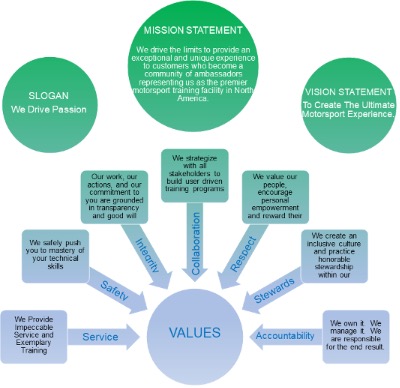 Step Three: Great Team Development Begins With Leaders First
Step Three: Great Team Development Begins With Leaders First
Now that the team has been encouraged for open dialogue to assess the organization, now it’s time for them to get comfortable with self-assessment.
Most organizations fail because they want teams to self-assess or they critique teams, but wise organizations start the process from the top.
First, by looking at the organization and taking in all feedback while making it very safe to provide it. Retaliation, hurt feelings, grumbles are push back on teams’ input will only hurt you and hinder the team development process.
We highly recommend reading the 7 Habits of Highly Effective People. We also recommend top leaders take the course for managers. Then read Principles by Ray Dalio. There is also a free application you can download. These are great primer books and through these two resources an entire world of resources will open up.
We also recommend top leaders do all this work first and make their assessments public. In this way, it demonstrates this is not another “idealistic” dream without any real teeth. It will demonstrate you are serious about change, you are committed to a plan, and the team will be all too happy to join in a shared vision especially if they see you doing the heavy lifting! Leaders first is one of our core principles!

Step 4: How to Develop Great Teams – Ice Breaker
We started The FIRM Team off with an ice breaker.
We take TM’s for granted and often assume we know them. Here’s a great ice breaker to use as a team-building strategy:
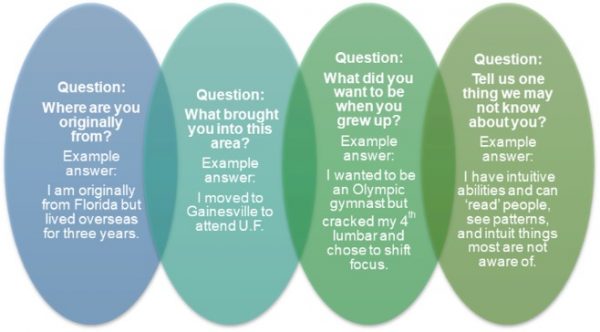 This will warm everyone up, and then you can outline the new vision for the company as outlined in the below steps:
This will warm everyone up, and then you can outline the new vision for the company as outlined in the below steps:
Step Five: Team Building – Getting to Know You
We have a professional 7H facilitator that created a list of questions to get teams engaged in their vision and to illicit feedback about how they currently see themselves. This is a very basic questionnaire that will certainly help you glean some insights into your team.
You can create a google spreadsheet, smart sheet, or one drive sheet to have everyone complete their responses. Again, a very simple and highly effective way to get the teams open-source comments and to develop teams culturally.
Open source is imperative, as it will help people be mindful of their answers when they know all are reading them.
We had the leaders start first, to set the team development example, and help overcome jitters about sharing such public information with the company. We also assigned project managers for those in certain departments who needed help. This does not have to be on the shoulders of the executive team. Find warm team members (TMs) to help others collect their thoughts and report their data.
Once you have all the data and depending on the size of your company, have a large working lunch where everyone can go around and share their comments. This will be a great team development experience and no matter how long people have worked together, they are sure to learn a bit more about the other TMs.
Step Six: How To Develop Great Teams – Building a Personality Model
Next, the links in the below excel will take you to free personality tests. Have every TM click the link and take the test. Then use the results of the test to build out their profile. As each person does this it will show a range of types and who shares the same type as well! Again, this nurtures team development toward a more united cultural and deeper understanding of one another.
This is another great team development exercise where everyone can discuss their results and their accuracy or inaccuracy. When this is built into a model you can see your entire team. It will start to make sense of why it’s easy to connect with and manage some types while you may miss the mark with other types.
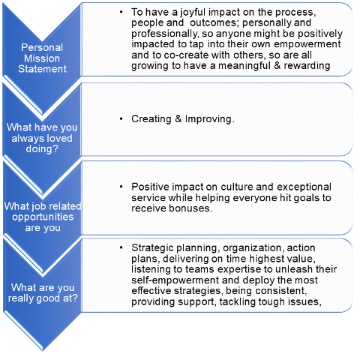
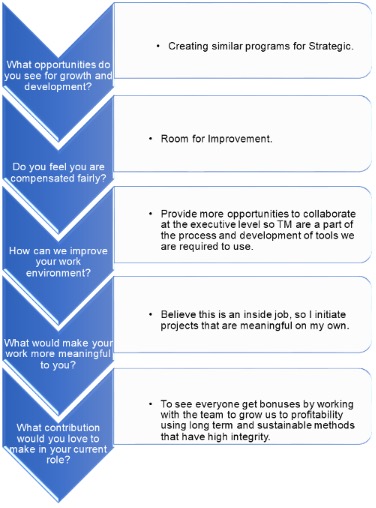
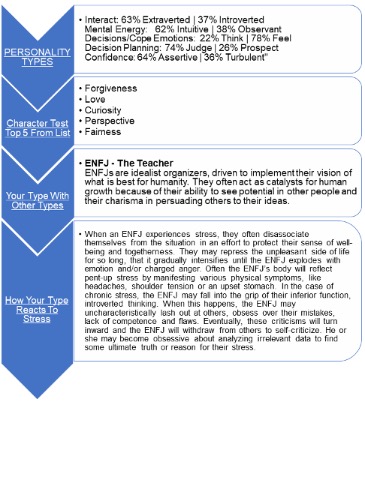 We made sure every person had a printout and used it to improve communications. One TM is too disengaged and how does the team address them? One TM is too dismissive making TM’s not feel heard or understood. Everyone was encouraged to speak up for what they wanted to see, seek to understand their TM and work collectively to have the courage to give and receive feedback all with the mission “how can we improve?”.
We made sure every person had a printout and used it to improve communications. One TM is too disengaged and how does the team address them? One TM is too dismissive making TM’s not feel heard or understood. Everyone was encouraged to speak up for what they wanted to see, seek to understand their TM and work collectively to have the courage to give and receive feedback all with the mission “how can we improve?”.
Step Seven: Team Development Through OKRs and KPIs
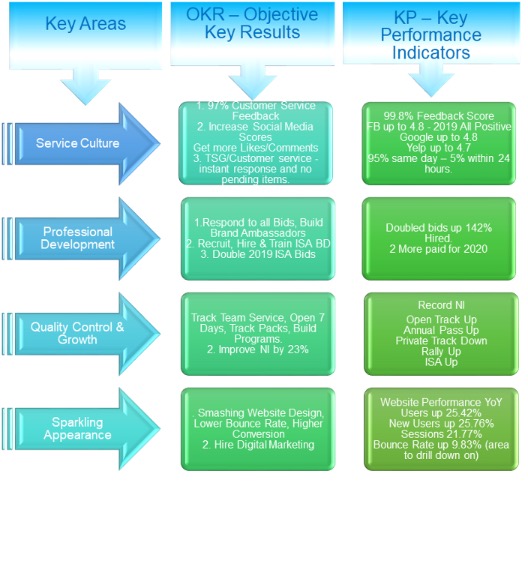 Now that you’ve grown up a little bit, it’s time for every person, department and organization to have clearly defined Objective Key Results and measurable Key Performance Indicators. The FIRM is fortunate to have an exceptional board committed to our culture and continual professional development. We have just adopted a new platform called 7Geese to help facilitate the OKR/KPI tracking and management process.
Now that you’ve grown up a little bit, it’s time for every person, department and organization to have clearly defined Objective Key Results and measurable Key Performance Indicators. The FIRM is fortunate to have an exceptional board committed to our culture and continual professional development. We have just adopted a new platform called 7Geese to help facilitate the OKR/KPI tracking and management process.
So, think of where you want to go as your OKR and KPI let you know how you’re doing along the way. There are multiple ways to accomplish an outline but we like things simple so we’ve focused on 4 Key areas and built our models around them. We ask ourselves in every single interaction, am I positively impacting one of these 4 key areas? Am I thinking about the impact of my action, work product, solution in terms of how it will impact one of these 4 key areas?
As we begin to think in terms of “my actions” equate to actual “outcomes” that either add value or devalue, then I’m able to sit more easily with why feedback is so important in order to develop and grow. Feedback for the organization is only as valuable as the feedback for the individuals who run the organization. “We” are the organization! So if we say the organization is deficient in an area or excels in an area, what we are really saying is those are our collective core strengths working well. As we all get comfortable taking feedback from “they, them and it” finger-pointing and more inward, then everyone will grow. It’s easy to dismiss feedback, instead ask “what parts of this are true, what can I do about it, how am I going to use this feedback for my own development?” This brings us to PART III of this series which will deep dive into the importance and power of feedback for developing teams.




